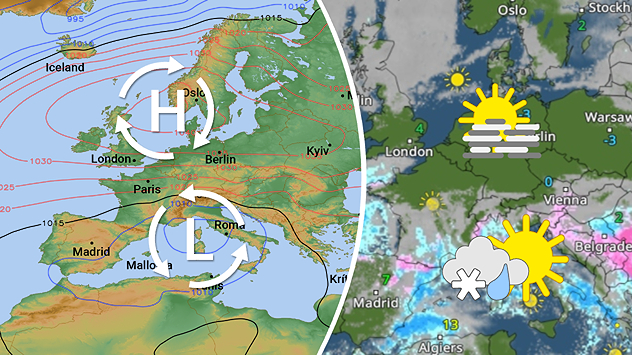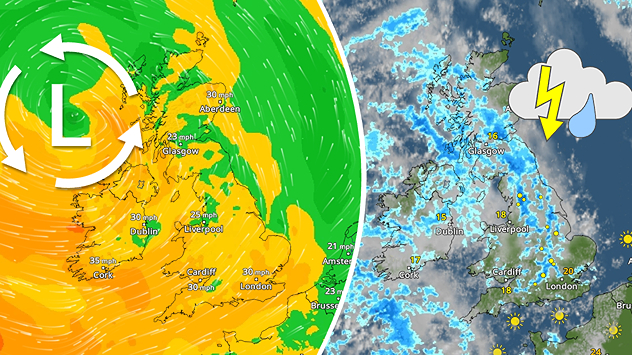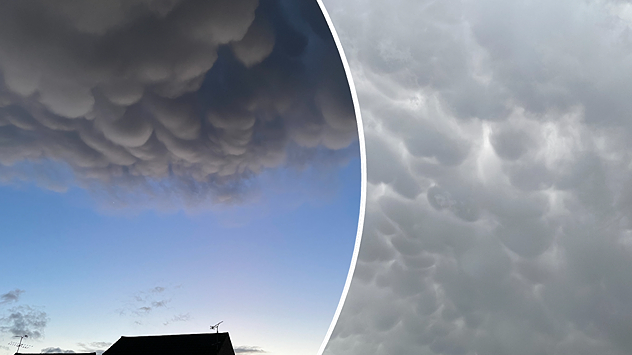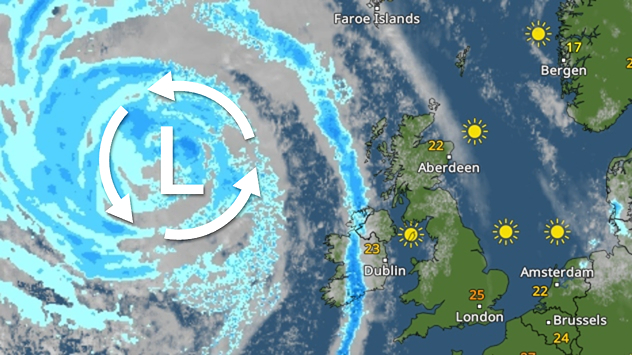What does salt do?The science of gritting

Salt lowers the freezing point of water. Water freezes at 0C but the presence of the salt prevents water from freezing until -6C to -8C. It stops snow bonding as ice to the road, so can be ploughed away more easily. Can also be added post-snow to small depths of lying snow (up to around 4cm) to help dissolve and melt it away.





